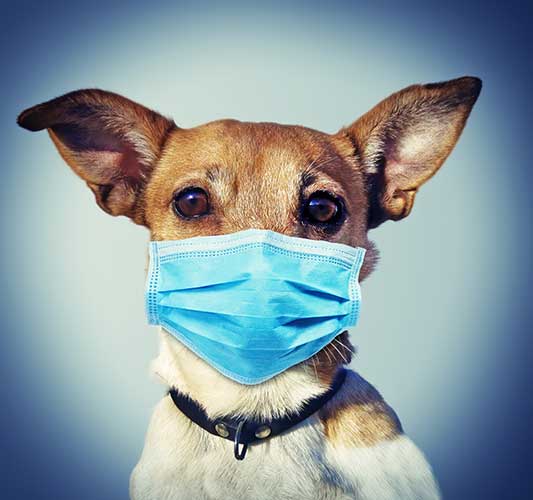
Common Diseases of Pet Rabbits.
According to a survey by American Pet Products Association, there were around 3-7 million pet rabbits in the US, just behind dogs and cats in popularity.
Rabbits make excellent pets, as can be seen with the increasing number of people adopting them. Unlike any other pets, they have distinctive personalities; quite independent and charming as cats; faithful and friendly as dogs. They are also smart and openly affectionate.
As with every pet, you need to facilitate them with appropriate accommodation, food, and exercise. Though pretty much low maintenance, rabbits can be susceptible to health problems that can turn out to be fatal unless treated at the right time.
This article takes you through the Common Diseases of Pet Rabbits. (common, gastrointestinal, fatal, and urinary tract) and their symptoms.
Common Diseases of Pet Rabbits
Rabbits though domesticated, are generally prey and, as such, will hide any signs of infection. So, it is recommended that the pet owners maintain hygiene, proper diet and closely observe them for any diseases.
Uterine Cancer – Common Diseases of Pet Rabbits.
Uterine cancer is prevalent among female rabbits. Few breeds have 50-80% chances of developing cancer. There are no treatments available except desexing the rabbit as early as four months before cancer develops.
Symptoms include blood-stained vaginal discharge, mammary gland cysts, aggressive behavior, lethargy, to name a few.
Rabbit Calicivirus – Common Diseases of Pet Rabbits.
A common yet deadly disease is the Rabbit Calicivirus and is very difficult to treat. Upon contracting it, the symptoms progress quickly within 12-18 hours, resulting in heart and respiratory failure.
Due to its severity, vets prefer to vaccinate the rabbits against the virus at 10-12 weeks. The vaccination has two doses, with one each month and a booster dose every six months.
The signs displayed by the animal include fever, lethargy, poor appetite, bloody discharge from the nose, and restlessness.
Hairballs – Common Diseases of Pet Rabbits.
Hairballs are frequently found in rabbits so much that if your pet is lethargic and doesn’t eat, you better contact a vet. They are self-grooming animals, and during the process, they may ingest the hair, which then passes through the gut. If it doesn’t pass through fecal matter, it may form hairballs blocking the gut.
Medications to get the gut working can help to an extent, but surgery is the only option in severe cases. To prevent it from happening, your rabbit’s diet should be rich in fiber.
Snuffles – Common Diseases of Pet Rabbits.
Snuffles is another common disease seen mainly in young rabbits caused by Pasteurella Bacterium. The condition, while easy to treat, is impossible to cure. If your rabbit develops a chronic infection, it can always present with watery eyes.
Signs of the illness include sneezing, watery eyes and nose, abscesses, uterine infections, and ear infections (leading to head tilts). Snuffles is easily transmitted between rabbits, so keep new rabbits separately from the older ones.
Treatment involves antibiotics administered by a veterinarian along with eye drops and nasal drops. The litter should be changed daily, and the cage kept clean.
Parasites – Common Diseases of Pet Rabbits.
Much like your cats and dogs, rabbits are also susceptible to parasites like ticks, fleas, mange, fly strikes, and ear mites. Flystrike can be seen in the rear end, tail, belly, and back of the animal, especially during the summer months.
As for ear mites, they present as skin scales on the inner ear and, if left untreated, turn into crusted lesions. At this point, it causes balance issues and loss of hearing.
Do not self-treat your pet, as the medicines meant for other types of pets like dogs and cats can be lethal for rabbits. Leave it to the vets for diagnosis and treatment.
Overgrown Incisors – Common Diseases of Pet Rabbits.
A rabbit’s teeth grow throughout its lifetime. Chewing on fiber-rich grass hay and grinding on wood blocks will keep them at a standard length. However, sometimes they can grow too much and hurt their tongue in cheek, preventing it from eating or grooming itself.
The only treatment option is through your vets, who would grind the teeth back to regular length under anesthesia. However, you can prevent it from happening by making sure 80%-90% of the food is fiber.
Inflammatory Bowel Disease or Enteritis – Common Diseases of Pet Rabbits.
Inflammatory Bowel Disease is one of the widespread diseases among rabbits. Unfortunately, the disease itself is a sign of an underlying condition and not the cause.
The symptoms include:
- Watery diarrhea
- Constipation
- Reduced food intake
- Mild dehydration
The above signs are not easily noticeable, and before long, the animal slips into a coma.
Rabbits are prey animals in the wild, hence have a heightened adrenaline production for any perceived threat. Your pet rabbits are also the same; Apart from maintaining acceptable hygiene practices and diet, you may want to follow the below stress management practices:
- Protect the rabbit from excessive noise, heat, and cold.
- Do not switch feeds abruptly.
- Even an extended family visit is stressful.
 Urinary Tract Disease in Rabbits
Urinary Tract Disease in Rabbits
Rabbits differ from most mammals in the sense that their calcium absorption is unregulated. While the necessary calcium is absorbed, the excess is secreted via urine as much as 60% if fed a high calcium diet. It can also lead to urinary tract diseases identified by a loss of fur in the genital region and hindquarters.
Renal (Kidney) Disease
While acute renal disease is rare, chronic renal failure is commonly seen among rabbits, even in the young ones. Failure happens when the kidneys are unable to filter the waste and are irreversible. For mild cases, along with the medications, the vets use:
- Low calcium diet
- Fluid therapy
- Nutritional support
The symptoms include: Lethargy, dehydration, loss of appetite, diarrhea, fever, increased water intake, depression, increased urination, weight loss, urine scalding, seizures, to name a few.
Hypercalciuria and Urolithiasis
Since rabbits excrete calcium via urine, a high amount of calcium can give cloudy and sludgy urine and lead to uroliths. Other causes may be musculoskeletal conditions, obesity, low water intake, neurologic disease, and poor hygiene practices.
Your vet may look into possible treatment options, including antibiotics along with flushing and suctioning the bladder via a catheter.
Lower Urinary Tract Infection
Accumulation of bacteria leads to lower urinary tract infection in rabbits. Even though bacteria cause the disease, the underlying reason may be a weakened immune system and high calcium content in the urine. The condition is predominantly seen in rabbits 3-5 years of age and obese animals.
Signs of the infection include:
- Urinary incontinence
- Frequent urination
- Bloody/thick/beige or blown colored urine
- Skin ulcer around the genital area and hind legs
The condition is not severe, and vets offer treatments including:
- Increase in water intake
- Weight loss
- More exercise
- Modified diet
- Antibiotics
Gastrointestinal (GI) Stasis in Rabbits
Gastrointestinal (GI) stasis is a pretty serious bacterial disease that slows down, or worse, stops it completely. The malfunction can cause a buildup of harmful bacteria, which releases gas, causing bloating. Rabbits affected by GI stasis lose the motivation to drink and eat, getting starved without any nutrition or fiber.
This results in a buildup of toxins in the system, causing the liver to overwork and fails ultimately.
Symptoms of the disease include:
- Small/No fecal pellets
- Loss of appetite
- Lethargy
Treatment for the disease starts as soon as you contact the veterinarian. Depending on the condition of the animal, he may proceed with:
- Pain medication
- IV fluids
- Motility drugs
- Antibiotics
Tularemia – Symptoms and Causes
Also known as rabbit fever or deer fly fever, Tularemia is a bacterial disease that affects the rabbit’s eyes, skin, lymph nodes, and lungs. Humans can also become infected by this rare infectious bacteria when bitten by an animal.
The bacterial disease is caused by the bacteria Francisella Tularensis which mainly affects rabbits, hares, rodents, birds, sheep, dogs, cats, hamsters, and many more. Rabbits contract tularemia during winter, rabbit hunting season. The bacteria is prevalent all across the US except Hawaii.
Ticks, particularly the lone star tick, dog tick, and wood tick, transmit the bacteria F Tularensis between rabbits, other animals, and humans. They may also spread through inhalation, eyes, and nose.
Rabbits are the source of 90% of the Tularemia cases in the US, of which 70% is via cottontail rabbits. Ingesting the meat of the infected animal and drinking contaminated water can also spread bacteria among humans.
Most of these animals are long dead due to organ failure before you begin to notice them. However, here are a few symptoms that have been seen in affected rabbits:
- High fever
- Weakness
- Ulcers
- Abscesses
The diagnosis of rabbit fever is difficult since the symptoms may also be a sign of another illness too. Your vet will perform a complete panel of blood tests, including a blood chemical profile, a total blood count, and an electrolyte panel. If caught early, antibiotic treatment can help the affected animals.
Since the rabbit fever is highly contagious, you may want to contact your vet anyway to report your suspicion, even if your pet is dead.
Myxomatosis in Rabbits: Symptoms and Treatment
Myxomatosis is a viral infection in rabbits caused by the myxoma virus. It is highly contagious and has a very low to no survival rate so much that vets prefer to have the rabbit put down.
Myxomatosis virus is generally spread through ticks and insects. So, if a rabbit, wild or domestic, has it in the region, the chances are that it will spread widely.
Signs of the disease can take fourteen days to manifest in an infected animal and include fever, listlessness, skin ulcer, lack of appetite, drooping ears, swollen head and genitalia, labored breathing, etc. In case you are suspicious of any rabbit of Myxomatosis, contact your veterinarian.
Rabbit Hemorrhagic Disease – The New Deadly Virus
Though not a new virus, it is spreading fast and fatally across the US and South America. It is caused by the rabbit hemorrhagic disease virus(RHDV), which is highly contagious and can survive in extreme conditions.
If any rabbit in your location, even a wild one, is affected by the virus, it can spread fast via your clothing and shoes. However, it doesn’t spread to humans or other animal species.
Australia and New Zealand purposefully introduced the RHDV along with myxoma virus and rabbit calicivirus to control the feral rabbit population in the country.
The disease primarily causes hepatitis and has two strains: RHDVa with an incubation period of 1–2 days and RHDV2 with 3–5 days.
 Vaccination for Rabbits
Vaccination for Rabbits
Although pet rabbits do not need any vaccination in the US, there are vaccines available for fatal diseases, namely:
- Rabbit Hemorrhagic Disease(both the strains)
- Calicivirus
- Myxomatosis virus
Conclusion
Rabbits are the most popular small animal pets in the United States. They are naturally clean animals, and by maintaining clean housing for your pet, you can avoid most diseases.
Rabbits need a balanced diet rich in fiber. They also require regular health checks from a vet to pick up the early signs of any infection and prevent diseases.
However, a regular veterinarian would not work; you need someone trained in handling exotic pets to keep your pet happy and healthy. That is where we come in. If you suspect your pet rabbit is suffering from any of the diseases mentioned above, contact Santa Cruz Pet Clinic immediately to find treatment solutions. The faster you act, the higher the odds are of your family pet surviving.


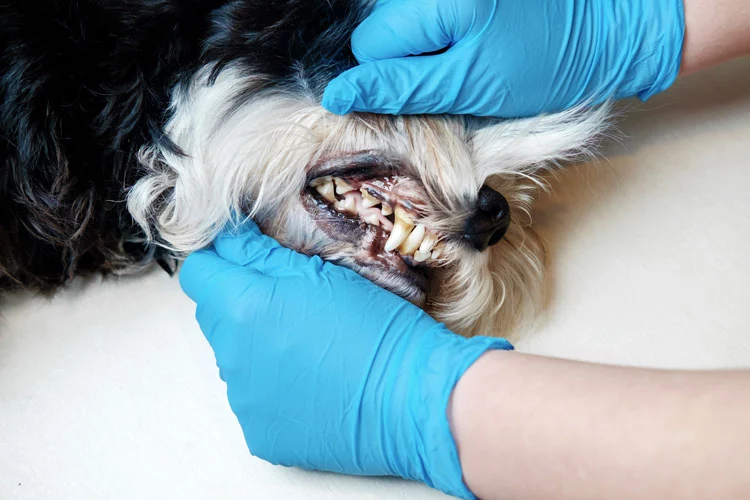
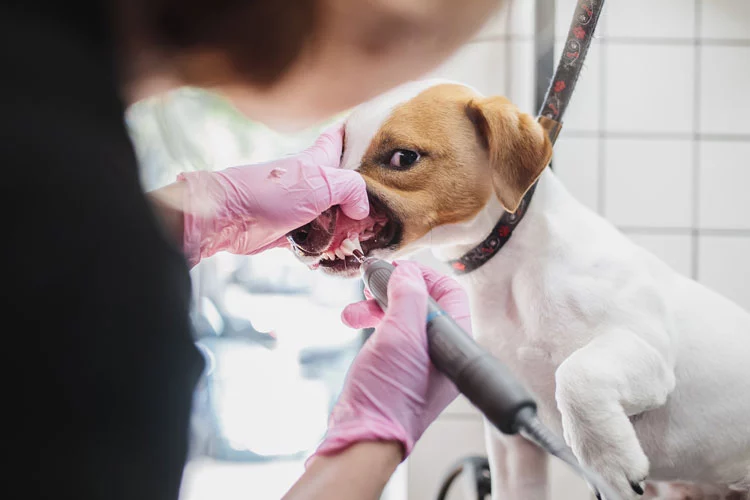
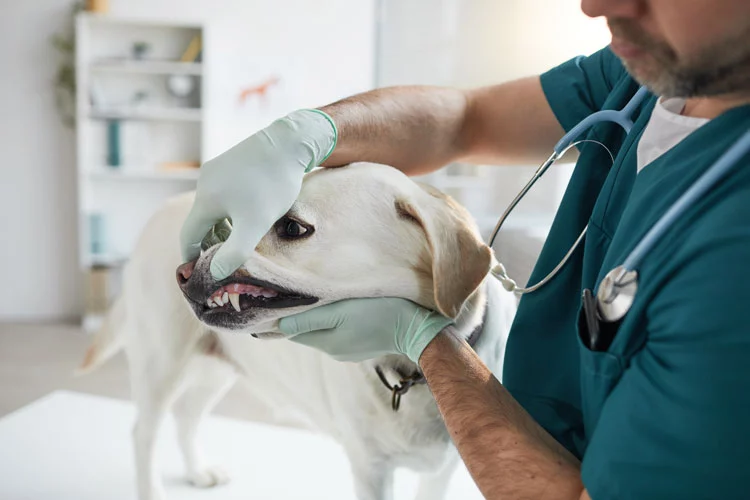
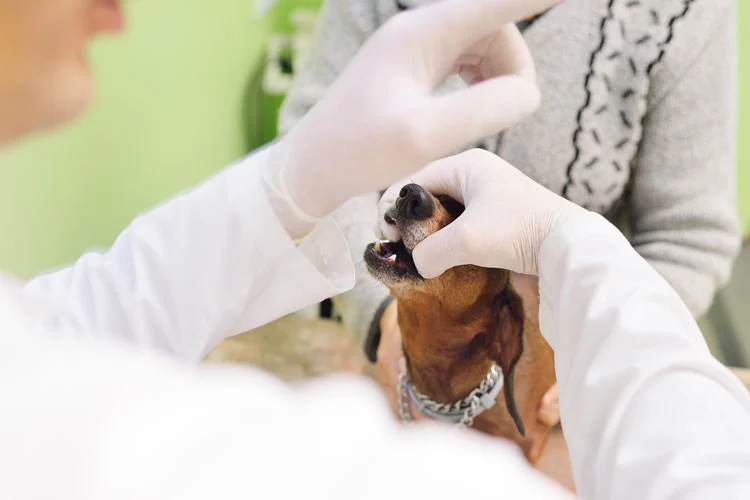

 Urinary Tract Disease in Rabbits
Urinary Tract Disease in Rabbits Vaccination for Rabbits
Vaccination for Rabbits


